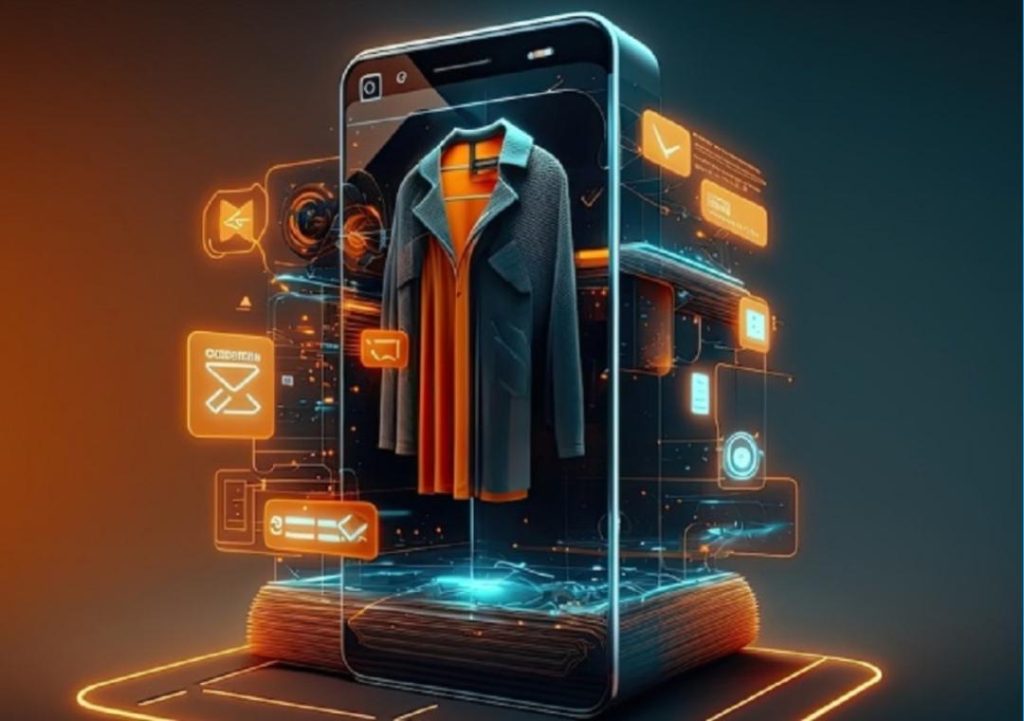
How AI, AR & Automation are Redefining Online Shopping in 2025
The world of online shopping has undergone a significant transformation in recent years, with advancements in artificial intelligence (AI), augmented reality (AR), and automation technology leading the charge. As we move into 2025, it’s exciting to see how these innovations are redefining the e-commerce experience for customers.
In this blog post, we’ll explore the ways in which AI, AR, and automation are revolutionizing online shopping. From AI-powered chatbots and personalized recommendations to AR virtual try-ons and automated logistics, we’ll delve into the latest trends and technologies that are shaping the future of e-commerce.
AI-Driven Personalization
One of the most significant advancements in online shopping is the use of artificial intelligence (AI) to drive personalization. AI-powered chatbots are now common on many e-commerce websites, allowing customers to interact with a virtual assistant who can help them find products, answer questions, and even make purchasing decisions.
But AI personalization goes beyond just chatbots. Many e-commerce platforms are now using AI algorithms to analyze customer data and make personalized product recommendations. These recommendations are tailored to individual customers based on their browsing and purchasing history, preferences, and behavior.
For example, online fashion retailer ASOS uses AI-powered recommendations to suggest products to customers based on their previous purchases and browsing history. The algorithm takes into account factors such as the customer’s fashion preferences, body type, and lifestyle, to provide personalized product suggestions that are tailored to their individual needs.
AR Virtual Try-Ons
Augmented reality (AR) technology is another area where online shopping is seeing significant innovation. AR virtual try-ons allow customers to preview products in 3D, giving them a more immersive and realistic shopping experience.
For example, online beauty retailer Sephora uses AR virtual try-ons to allow customers to test out makeup and skincare products virtually. Customers can upload a photo of themselves and try on different products, seeing how they would look before making a purchase.
AR virtual try-ons are not limited to just beauty and fashion products. Home decor and furniture retailers are also using AR to allow customers to see how products would look in their own home before making a purchase.
Automation Streamlines Supply Chains and Delivery
Automation is also playing a key role in redefining online shopping. Automated logistics and supply chain management are helping to streamline the delivery process, making it faster and more efficient for customers.
For example, online retailer Amazon has developed an automated delivery system that uses drones, robots, and other autonomous vehicles to deliver packages. This technology not only reduces delivery times but also helps to reduce the carbon footprint of online shopping.
Automation is also being used to optimize inventory management and supply chain logistics. AI-powered algorithms can analyze demand and supply data to predict when products are likely to run out, allowing retailers to restock and avoid stockouts.
Voice Commerce
Voice commerce is another area where online shopping is seeing significant innovation. With the rise of voice assistants like Alexa and Google Assistant, customers are increasingly using voice commands to make purchases online.
For example, online retailer Walmart has launched a voice commerce platform that allows customers to make purchases using voice commands. Customers can ask Alexa or Google Assistant to buy products, and the voice assistant will translate the command into a purchase.
The Future of Online Shopping
As we move into 2025, it’s clear that online shopping is going to continue to evolve and change. AI, AR, and automation are just a few of the technologies that are shaping the future of e-commerce.
In the future, we can expect to see even more innovative uses of these technologies. For example, we may see more widespread use of AR virtual try-ons, allowing customers to try on products in 3D from the comfort of their own home.
We may also see more use of AI-powered chatbots and virtual assistants, helping customers to find products and make purchasing decisions more quickly and easily.
And with the rise of voice commerce, we can expect to see more customers making purchases using voice commands, rather than typing on their keyboard or using a mobile app.
Conclusion
As we look to the future of online shopping, it’s clear that AI, AR, and automation are going to play a key role in shaping the e-commerce experience. From AI-powered personalization and AR virtual try-ons to automation streamlining supply chains and delivery, these technologies are revolutionizing the way customers shop online.
As retailers and e-commerce platforms continue to innovate and adopt these technologies, we can expect to see even more exciting advancements in the future of online shopping.
News Source:
https://www.growthjockey.com/blogs/e-commerce-tech-trends-online-shopping






